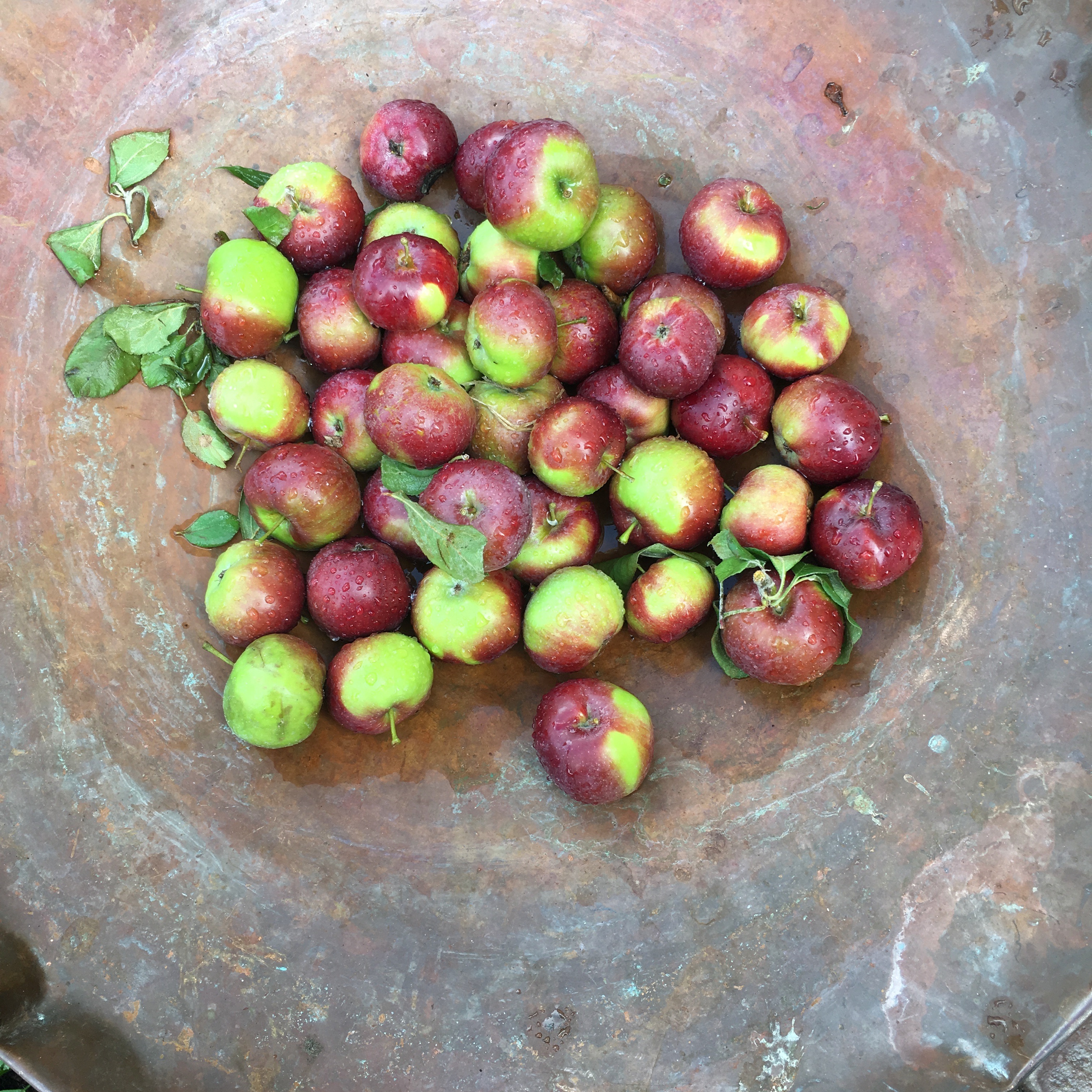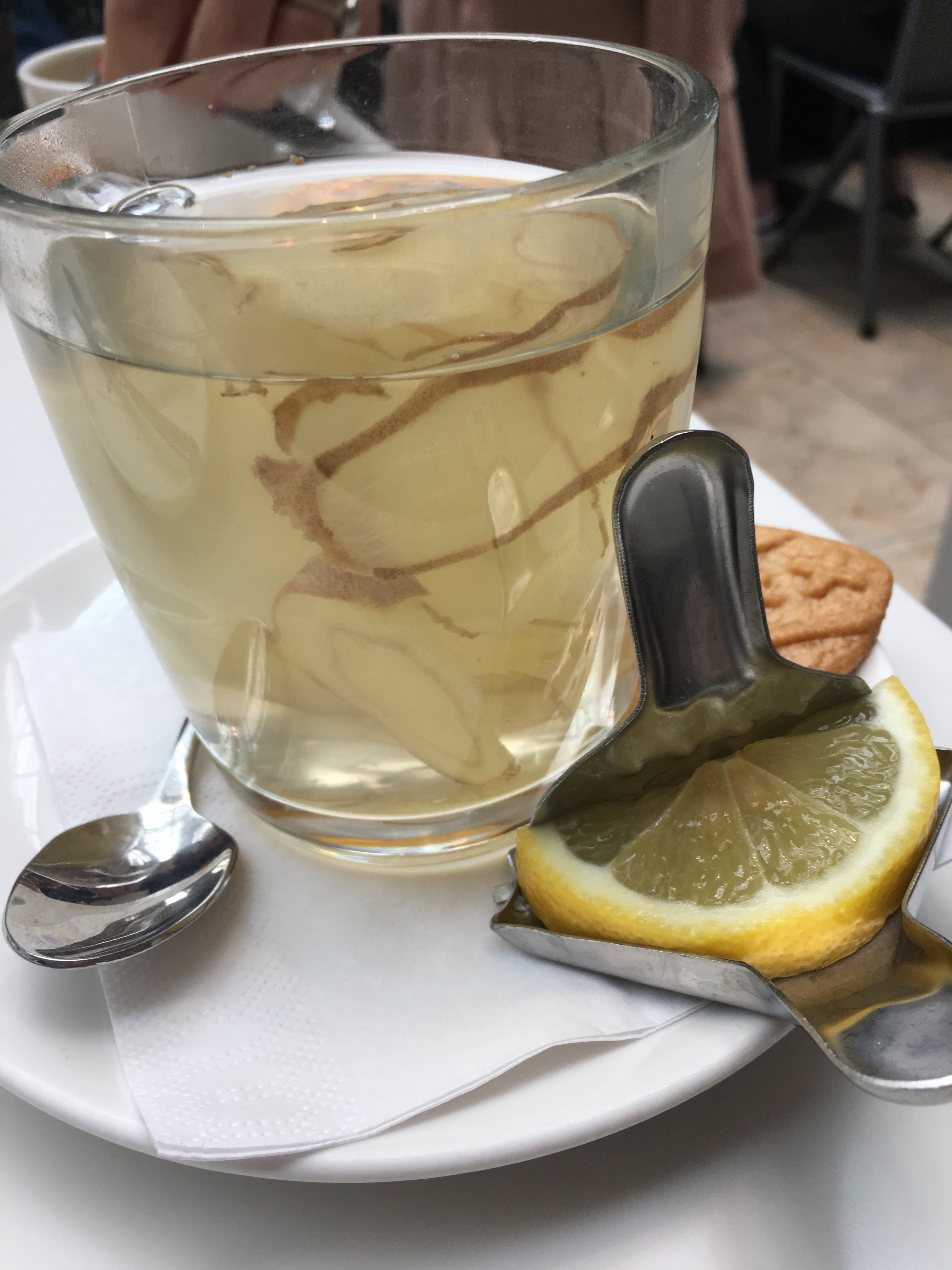“Everybody was Kung Foo fighting…” Carl Douglas
When my family owned a nursing home, there was one patient, an elderly woman, who would sit in the sun every day in her little bikini to get “her Vitamin D”. Turns out Vitamin D helps fight viruses, so she was on to something! While we sit around wondering “What can I do?” to help curb the corona curve, we do have control of certain things and one of these is our diet. Below are some foods to help fight against viruses.
1) Vitamin C Rich Foods Vitamin C is a potent antioxidant known to increase blood levels of antibodies. Since our bodies don’t produce Vitamin C, it’s essential to consume it through other means. Get it in: Oranges, orange juice, strawberries, broccoli, cantaloupe, tomatoes, kiwi, bell peppers.

2) Vitamin D Vitamin D regulates production of a protein that selectively kills infectious agents, including bacteria and viruses. It’s only available in a handful of foods, so the best way to get your daily does is to go out in the sun for a couple minutes. I get it while taking my daily walk around the neighborhood. These foods also contain Vitamin D. Fatty Fish (like salmon), eggs, milk, cheese, mushrooms and tofu.

3) Zinc plays many vital roles in our body, including helping your immune systems stay strong. It’s another mineral not produced by our bodies, so we need to eat foods or supplements to get it. Sources of zinc: Shellfish, meat, poultry, fish, legumes, nuts and seeds, whole grains and some vegetables such as mushrooms, kale, peas and asparagus.

4) Beta Carotene Rich Foods. Beta Carotene gets converted to Vitamin A, which is essential for a strong immune system. Carrots, kale and apricots.

5) Vitamin A helps support a healthy immune system. Dark leafy vegetables, such as spinach and chard, sweet potatoes, pumpkin, mangoes, liver, eggs and milk.

6) Fermented Foods can enhance an immune response. A healthy gut promotes a healthy body. Get it from: Yogurt, kimchi, sauerkraut, miso and kombucha.

7) Protein is a key building block for immune systems and antibodies; it plays a crucial role in helping your immune systems do it’s job. Examples of healthy proteins: Eggs, lentils, beans, cottage cheese, milk, yogurt, pumpkin seeds, nuts, oats, broccoli, tuna, lean beef.

8) Fiber is essential to gut health, which in turn supports the body’s immune system. Some high fiber foods: Pears, strawberries, avocado, apples, raspberries, bananas, carrots, beets, beans, broccoli, artichoke.

9) Selenium Selenium is a trace mineral found in the soil. Although we don’t need a lot, it contains antioxidant properties and is vital for immune health. Sources are: Seafood like tuna, cod, snapper, shellfish, especially oysters, Brazil nuts, walnuts, Beef and Poultry, Liver and Grains.

10) Tea You’ve heard to “drink plenty of water” and “stay hydrated” lately because water helps support your immune system. Why not make your hydration do double duty and make a tea to ward off viruses? Green and black teas contain lots of antioxidants, but herb teas like ginger, turmeric and lemon are delicious and known for their curing properties. When I was in Amsterdam I had a delicious ginger tea (at a place called Winkle known for it’s apple pie) that I made the other day at home. I liked it even better cooled down, as an iced tea. One can only drink so much water!

Ginger Tea
- Clean ginger root.
- Take a vegetable peeler and slice some nice, long strips of ginger off (about 4 or five)
- Place sliced ginger with one cup of filtered water in small pot and bring to a boil.
- Simmer 5 minutes.
- Pour into a cup, add a squeeze of lemon and honey, if desired.
A lot of these healing foods overlap. An easy way to get as many of these healthy foods, is to make a big salad for lunch and load it the with veggies, seeds, nuts and proteins recommended. Another solution, would be to make an omelet with mushrooms, cheese and veggies for breakfast, lunch or dinner. Hummus contains garbanzo beans and tahini, both loaded with zinc, so this would be a good snack, served with some Vitamin C-rich slices of sweet red bell pepper or some Beta Carotene-rich carrot sticks.

I made these toasted garbanzo beans the other day as a snack. They’re also a good substitute for croutons in salads and soups.
Toasted Garbanzo Beans
- Preheat oven to 400.
- Cover a rimmed baking sheet with foil or parchment paper.
- Open a can of garbanzo beans, drain and rinse.
- Remove skins of garbanzo beans if desired. (The recipe I used recommended this, but don’t think it’s necessary.)
- Spread garbanzo beans out on foil and toss in 2 tablespoons olive oil.
- Roast 20 to 30 minutes, tossing occasionally until they are dark and golden, with a crispy exterior.
- Toss with 1/2 teaspoon salt and desired spices. Curry powder, cumin, smoked paprika or any spice you like can be used. I used Za’atar, a Middle Eastern spice with oregano, sesame seeds and thyme.
These tasty little balls of zinc have a crunchy exterior, creamy interior and are full of flavor. Leftovers will keep around a week. Hopefully, eating all these virus-fighting foods will give the old Hi-Yah! karate chop to the dreaded Cornona V.
Up Next: Fun Projects in your Kitchen and Garden and How to Grocery Shop Safely.







